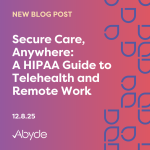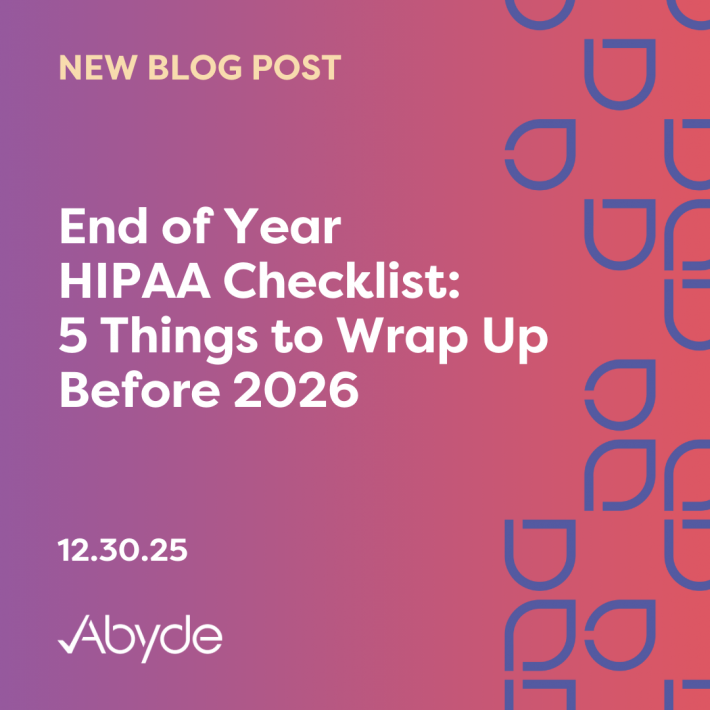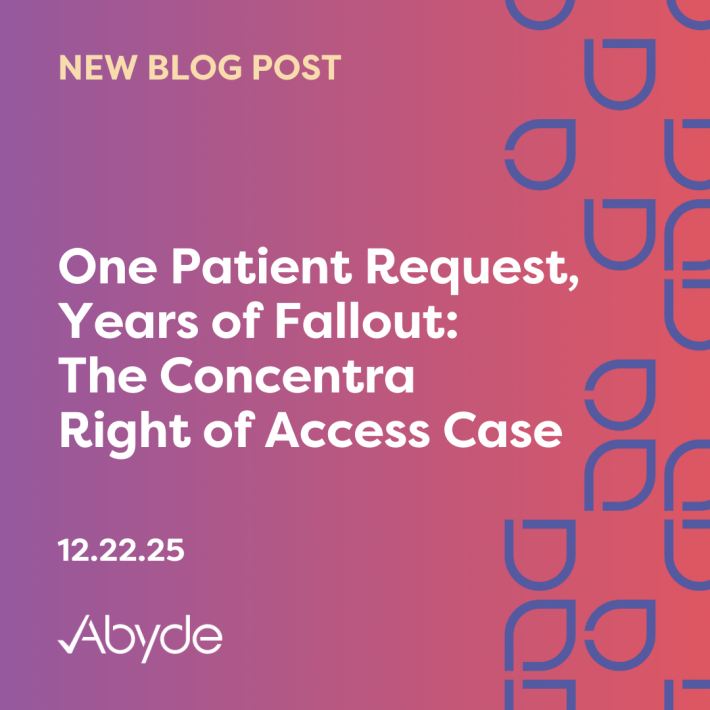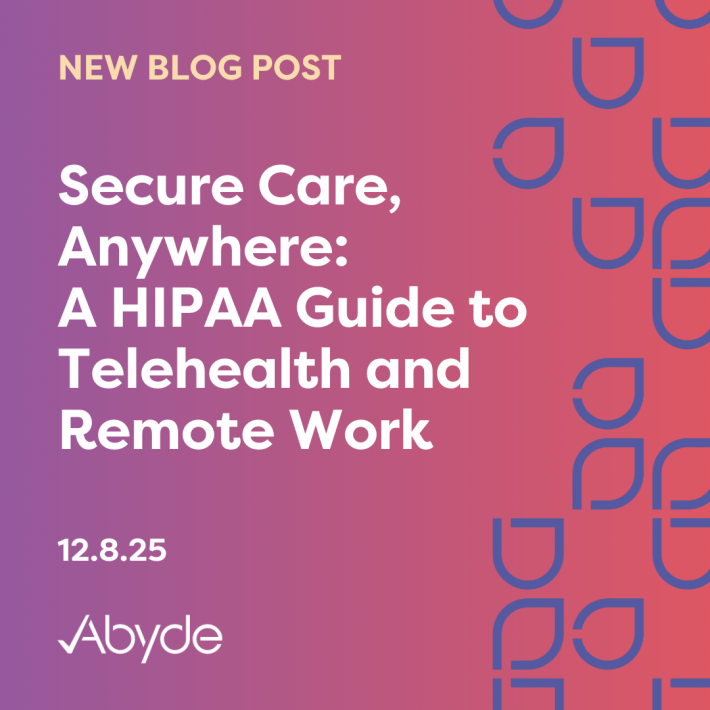April 18, 2023
Everyone wishes for the “Get Out of Jail Free” card in the game of Monopoly, so you can sell it and make money or free yourself from the slammer and continue your quest for wealth. But don’t you wish you had a card like this in real life so you could avoid paying a late fee, get out of an awkward situation, or get out of a speeding ticket? Imagine handing a police officer the card with your license and registration, I bet you would get a good chuckle!
When it comes to healthcare compliance, demonstrating “good faith” could provide you with that much-needed “Get Out of Jail Free” card if you are investigated, audited, or are facing a violation. “Good faith” generally means that you have made a sincere and honest effort to comply with applicable laws, regulations, or standards pertaining to HIPAA and OSHA.
So what do regulators look for when determining whether or not a practice has demonstrated “good faith”? First, you have implemented policies and procedures to include applicable forms or required logs. Next, staff has been trained in accordance with HIPAA and OSHA timeframes and requirements. And most importantly, whether or not you have completed a HIPAA Security Risk Analysis and OSHA Facility Risk Assessment that have identified risks, hazards, and mitigation efforts. While regulators may consider other factors, implementing a documented compliance program suggests you are committed to compliance and taking reasonable steps to protect your patients’ PHI and provide a safe and healthy workplace for staff.
It is important to keep in mind “good faith” does not guarantee immunity from regulators. Every situation will have different mitigating factors, such as malicious intent or an identified hazard that went unmitigated. While you may be promoting a culture of compliance, ignoring the blatantly obvious could lead to you losing that “Get Out of Jail Free” card.
Okay, how can you win at the HIPAA and OSHA compliance game? While it may be difficult to achieve compliance perfection, having a documented culture of compliance and, even more importantly, not letting your compliance program lapse will be key. These moves will show your “good faith” effort towards safeguarding patient information and employee safety and might even earn you the jackpot or a luxury Dark Blue property (IYKYK).





